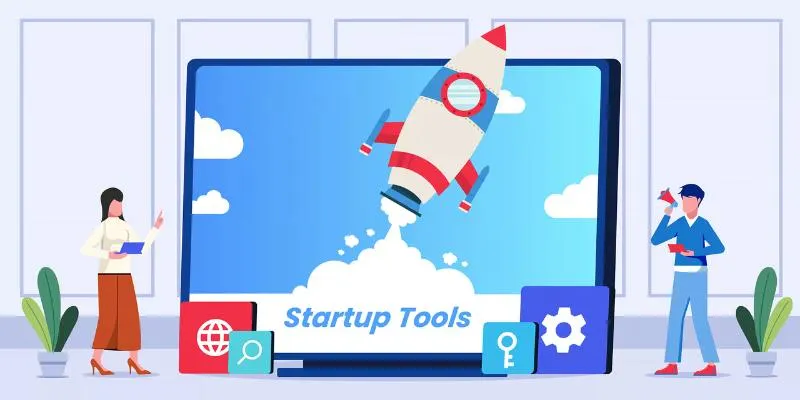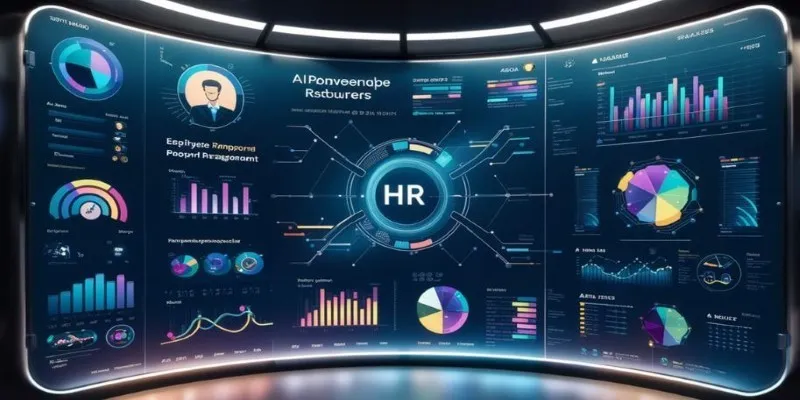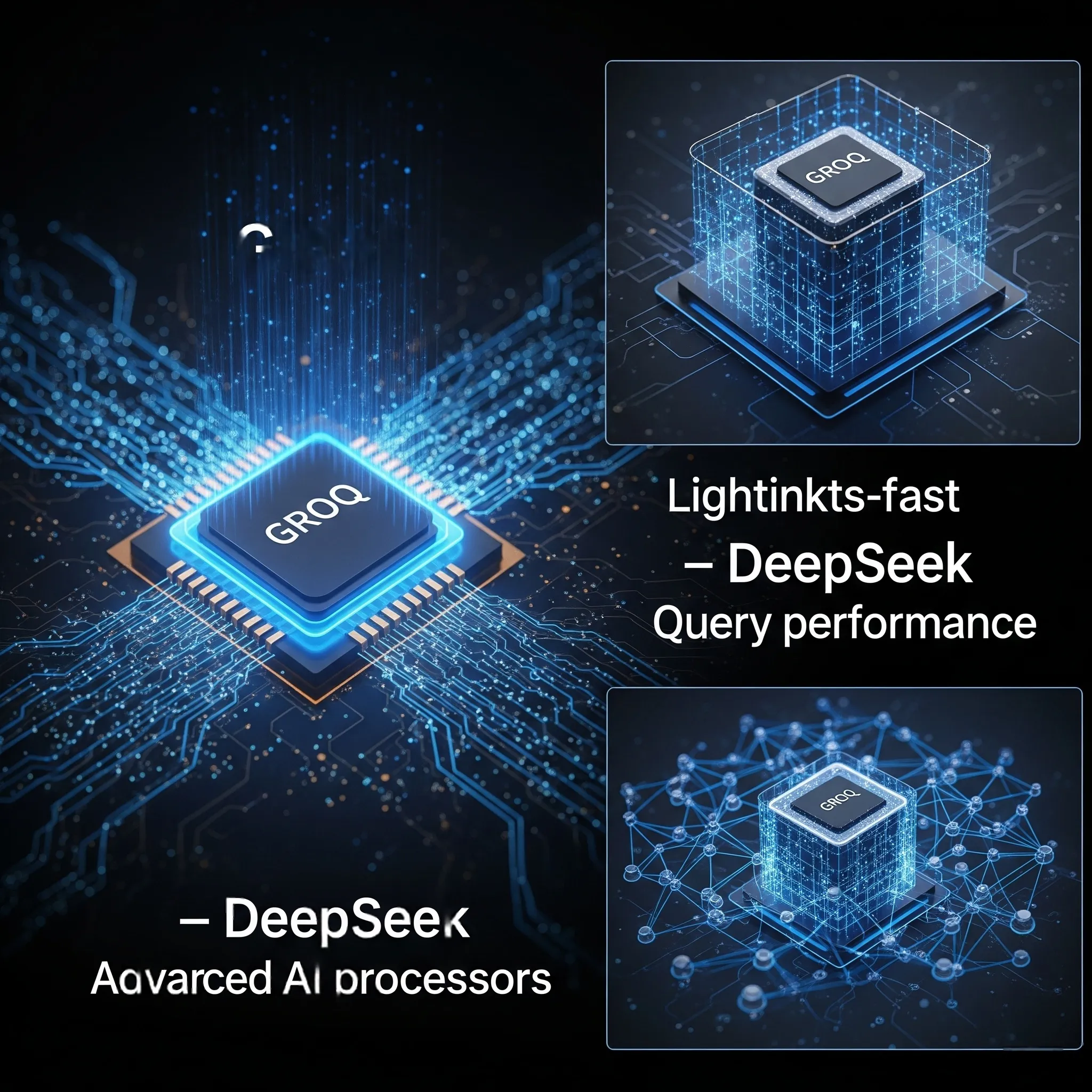Introduction
Artificial intelligence is reshaping how companies operate, compete, and grow. For today’s CEOs, staying fit means preparing for AI just as much as maintaining physical health. Leading in the AI era requires more than just knowing the latest buzzwords—it demands a shift in attitude, behavior, and approach.
You don’t need to be a tech expert, but you must adapt your thinking and leadership style. Like athletes train to be in top shape, CEOs must develop their AI leadership fitness to stay ahead. This involves learning new skills, embracing data, leading with empathy, and remaining open to change. If you’re a CEO aiming to future-proof your leadership, this guide is your training schedule.

Your AI Leadership Workout Plan: 8 Steps Every CEO Should Follow
Below are eight essential steps to help CEOs build strong AI leadership skills and guide their companies through transformation:
1. Train the Mind with AI Fundamentals
In today’s AI-driven world, leaders must first grasp the basics of AI. While you don’t need to be a programmer, understanding concepts like natural language processing, data analytics, and machine learning is crucial. These technologies are transforming industries. Executives should read introductory manuals or enroll in quick online courses to learn how AI is shaping their industry. Focus on what AI can automate, where it aids decision-making, and the risks it poses. This mental training allows you to drive your company toward AI-supported growth confidently, ask intelligent questions, and make informed decisions.

2. Build the Habit of Data-Driven Decision Making
Data is the foundation of artificial intelligence. Executives need to become adept at using data to guide everyday decisions. Regularly review dashboards and statistics. Encourage teams to explain forecasts, numbers, and patterns. Learn to identify predictive, real-time, and misleading indicators. When data is available, avoid relying on gut instincts. A data-driven approach sets a cultural tone. Leaders who make decisions based on facts guide their teams in the same direction, fostering confidence, reducing bias, and accelerating problem-solving.
3. Flex Your Adaptability Muscles
AI evolves rapidly, and executives must incorporate flexibility into their leadership style. Yesterday’s success may not apply tomorrow. Stay open to new ideas, roles, and technologies. Embrace change with small, low-risk pilots. Experiment with AI in marketing, customer service, or HR. Scale up based on results. If data uncovers new risks or opportunities, be ready to pivot. AI often challenges conventional wisdom, and resistance to change slows progress. CEOs who adapt swiftly inspire agility across teams, helping businesses stay competitive in fast-changing sectors.
4. Stretch Collaboration Across Functions
AI impacts not just IT but every business function. CEOs must break down silos to foster cross-departmental collaboration. Form cross-functional AI teams spanning marketing, HR, finance, and technology. Collaboration ensures AI technologies are applied correctly and effectively. Diverse teams generate great ideas. Promote open communication, shared outcomes, and problem-solving. Include external experts for added insights. Alliances with startups or AI specialists can bring fresh perspectives. Executives should lead by example by engaging actively in cross-team discussions.
5. Strengthen Emotional Intelligence (EQ)
As AI automates tasks, emotional intelligence becomes even more vital for CEOs. Machines can’t interact with teams or build trust. Leaders must be empathetic listeners, clear communicators, and remain calm under uncertainty. Address staff concerns about job security and automation honestly and inspirationally. Encourage feedback, inclusion, and open discussion. People who feel heard are more likely to engage with change. Strong EQ also aids in boardrooms and high-pressure decision-making, guiding through disagreements and fostering loyalty.
6. Endurance for Continuous Learning
AI is an ongoing journey, not a one-time event. Executives must build endurance for continuous learning. Schedule weekly reading, webinars, or tech updates. Follow reliable sources and stay curious about trends like generative AI, ethical AI, and automation. Personalize learning—read a new book, try a gadget, or talk to younger team members. Their insights often reflect tomorrow’s innovations. Participate in roundtables or conferences to hear new ideas. Connect with other leaders facing similar challenges. Continuous education keeps your business current and your mind sharp.
7. Monitor and Measure Your AI Fitness
Like athletes track performance, CEOs must monitor their progress in leading artificial intelligence initiatives. Use scorecards or KPIs to assess departmental AI usage. Are your innovation goals being met? Has AI expedited services or altered decisions? Set benchmarks and review quarterly performance. Identify what’s working and what’s not. Adjust your leadership development as needed. Encourage teams to share small victories and lessons learned. Use these insights to refine your strategy. Monitoring AI fitness ensures you stay on track, identify blind spots, and build momentum.
8. Push Beyond Limits with Bold Vision
Exceptional CEOs don’t just use AI to improve—they use it to reimagine. Think beyond enhanced processes. AI can create new customer experiences, products, or business models. Challenge your team to explore possibilities with predictive technologies, automation, and personalization. Be bold but grounded. Clearly articulate your vision to inspire your team and demonstrate how AI enhances human capability. Show your team the direction you’re heading and why it matters. A bold vision inspires change and drives action, moving the business from reactive to innovative.
Conclusion
Leading in the AI era requires more than conventional wisdom. It demands that CEOs remain forward-thinking, insightful, and adaptable. Using this AI workout plan, leaders can enhance their mindset, build better teams, and inspire significant innovation. From learning AI basics to advocating a bold vision, each step helps CEOs lead confidently in a rapidly evolving world. Staying AI-fit is an ongoing journey, not a one-time task. With the right habits and focus, CEOs can turn AI from a challenge into a powerful advantage, guiding their businesses toward a successful, future-ready path.
 zfn9
zfn9






















